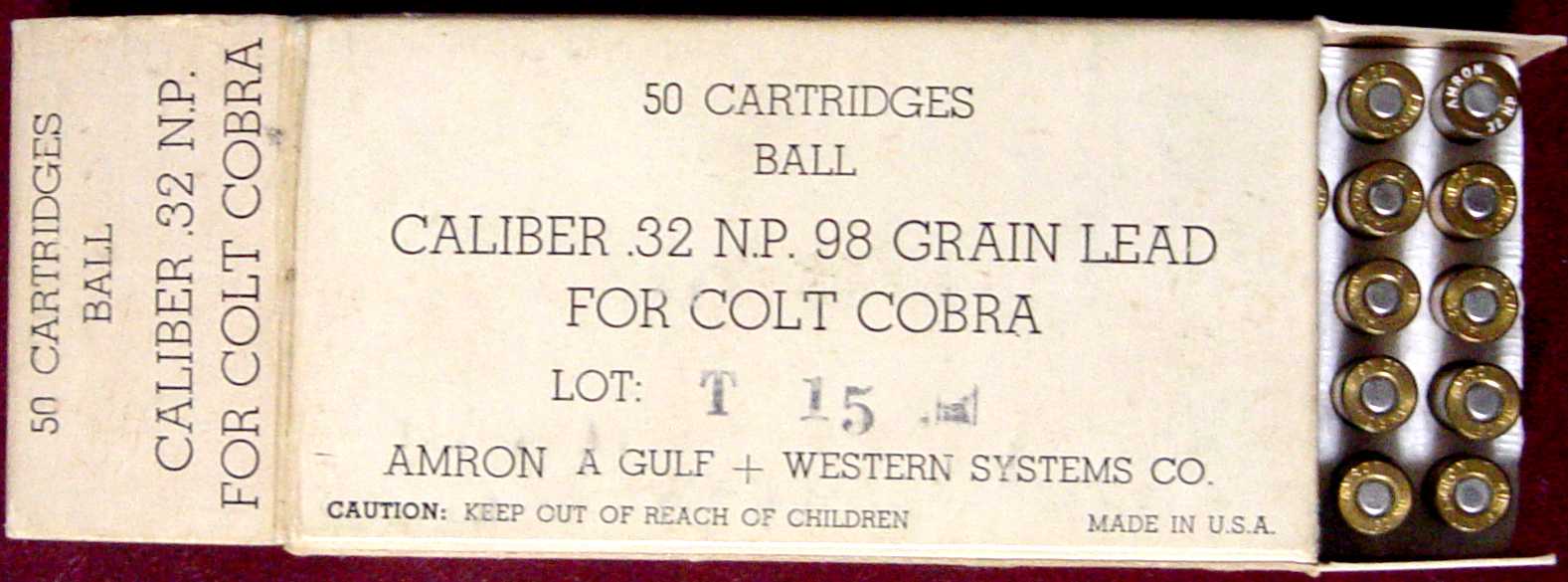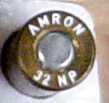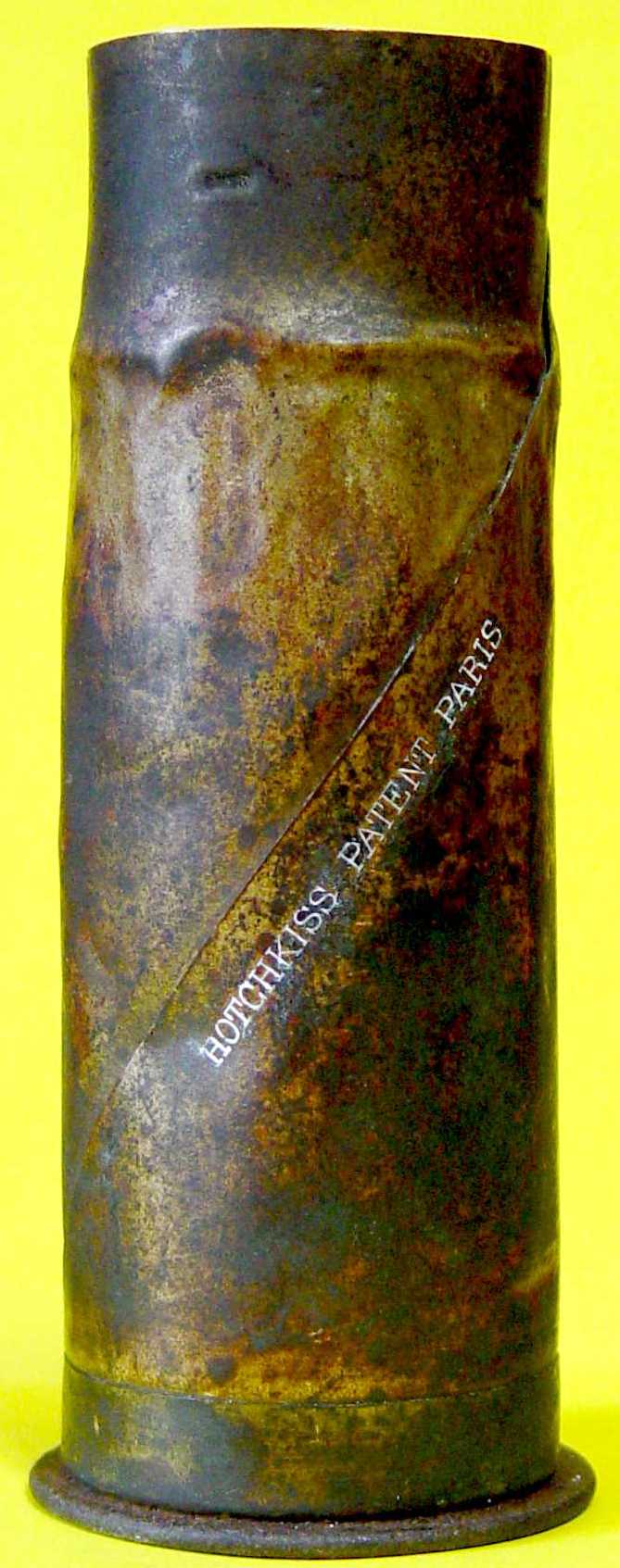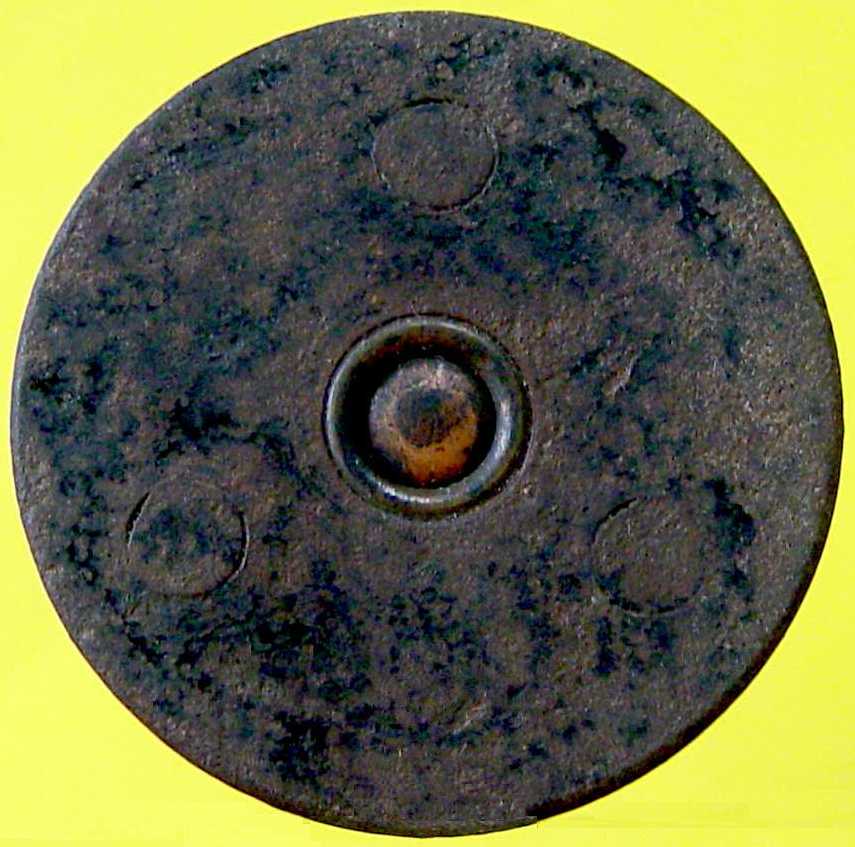|
THE CARTRIDGE COLLECTOR'S EXCHANGE |
| Contents
Cartridge
Lists
Prior Picture Pages:
Links to Other Sites
Cartridge Collectors Organizations:
Auctions:
Books:
Other Collector's Sites:
|
Home of the Old Ammo Guy's Virtual
Cartridge Trading Table
Picture Page August 2009 A box of Amron .32 Colt New Police cartridges......
This box of Amron .32 Colt New Police cartridges is the first I have
seen. According to the information in .30-06 by Chris Punnett, Amron
started out in 1955 as Ritepoint Inc in Milwaukee, Wisconsin. In 1958, the
name was changed to AMRON, and operations were moved to Waukesha, Wisconsin.
In 1968, they were acquired by Gulf + Western Industries, and were sold four
years later to Nasco International. They produced large
. . A box of Remington-UMC .25-20 Hi-Velocity.......
Winchester introduced the high velocity loading of their .25-20 cartridge for their Model 1892 rifle around 1905; other ammunition makers would have been expected to offer their versions of this cartridge soon after. This box by Remington-UMC with its split UMC and Remington logos on the label would have been produced during the first year or so after the merger of the two companies in 1911. As early as 1913, the top label would include the combined company logo, and by 1916, the company name would appear on boxes as Remington Arms-Union Metallic Cartridge Co, Incorporated. The top label and side sealing label on this box both mention the Winchester Model 1892 and the Marlin Model 1894. These cartridges are loaded with a full metal jacketed bullet, which was much less common than the soft point bullet in the high velocity cartridges. The 'U' marked primer was used by the company for smokeless ammunition. Note that the side label indicates that the cartridges were not intended for use in pistols.
.
An early riveted 1.5" Hotchkiss cartridge case..........
This picture shows the empty shell for
one of the 1.5" cartridges intended for use in the revolving cannon. The
body of the shell is formed from wrapped sheet brass, strengthened at the
head with shallow brass inside and outside cups. The head of the shell is a
disc of sheet iron, attached by three iron rivets which extend through the
head to the inside cup to hold all parts of the shell together. The only
mark on the shell is
neck - 1.480" base (just above rim) - 1.645" rim - 1.880" length - 4.699
These dimensions appear to be close to those of the shells tested by the Army in the 1.5" Hotchkiss revolving cannon in 1876 and 1877 prior to the Army purchasing any. The results of these tests, as well as dimensions and descriptions of the cannon and its ammunition were published in the 1879 Report of The Chief of Ordnance, Appendix I4.
diameter measured just above the brass 'coat' - 1.437" diameter of brass 'coat' measured a top - 1.446" diameter of brass 'coat' measured above bottom tapered edge - 1.490" diameter measured just below the brass 'coat' - 1.440" diameter measured just below the groove - 1.440" diameter measured at the base - 1.375" total length - 3.605" length of brass 'coat' - 1.180" length of projectile above brass 'coat' - 1.590" length of projectile below brass 'coat' - 0.835"
This illustration was taken from the 1879 Report of The Chief of Ordnance, Appendix I7, which reported on the 1.5" 'light' field model of the Hotchkiss revolving cannon that were purchased by the Army and tested in May of 1879. The opinion of the commission conducting the testing was that the cannon was superior to anything else that was available at the time. Similar opinions were reached by a commission of the Russian Imperial Marines, an extract of which was included in the report. . . . .
. . . .
|


 military shells and
components, and produced a line of centerfire cartridges between 1970 and
1972 for law enforcement use. That would indicate that this box was probably
made between 1970 and about 1972 for police use. The cartridges in the box
are headstamped AMRON 32 NP and have copper full metal jacket. The
labeling indicates that the cartrdges are intended for use in the Colt Cobra
revolver.
military shells and
components, and produced a line of centerfire cartridges between 1970 and
1972 for law enforcement use. That would indicate that this box was probably
made between 1970 and about 1972 for police use. The cartridges in the box
are headstamped AMRON 32 NP and have copper full metal jacket. The
labeling indicates that the cartrdges are intended for use in the Colt Cobra
revolver.  Benjamin
Berkeley Hotchkiss was born
in Watertown, Connecticut in 1826.
He became a skilled designer in the
family's engineering business with a passion for weapons.
Starting in the 1850s, he was employed as a gun maker in Hartford,
Connecticut where he worked on the design of Colt revolvers. Following
the Civil War, a time when there was little employment opportunity in the
United States for firearms designers,
Hotchkiss moved to France where he set up a munitions
factory under the name Hotchkiss et Cie near Paris, and began producing guns
and munitions for the French Government. One of his developments was a 5
barrel revolving machine gun that was made in four sizes from 37 mm to 57
mm, the smaller intended for Infantry use and the larger for naval use
Benjamin
Berkeley Hotchkiss was born
in Watertown, Connecticut in 1826.
He became a skilled designer in the
family's engineering business with a passion for weapons.
Starting in the 1850s, he was employed as a gun maker in Hartford,
Connecticut where he worked on the design of Colt revolvers. Following
the Civil War, a time when there was little employment opportunity in the
United States for firearms designers,
Hotchkiss moved to France where he set up a munitions
factory under the name Hotchkiss et Cie near Paris, and began producing guns
and munitions for the French Government. One of his developments was a 5
barrel revolving machine gun that was made in four sizes from 37 mm to 57
mm, the smaller intended for Infantry use and the larger for naval use 'HOTCHKISS
PATENT PARIS' stamped in the side of the hull along the edge of the wrapped
brass sheet. I filled in the letters with chalk to make them readily
apparent in the photo. The three rivets can be easily seen at the 12, 4 and
8 o'clock positions in this photo of the head. Because these sheet brass
shells are difficult to measure accurately, due to tendency of the
brass to easily dent and get out of shape, dimensions tend to be more of a
matter of averaging the minimums and the maximums of each of the parts of
the shell being measured. That said, the dimensions of the shell are as follows:
'HOTCHKISS
PATENT PARIS' stamped in the side of the hull along the edge of the wrapped
brass sheet. I filled in the letters with chalk to make them readily
apparent in the photo. The three rivets can be easily seen at the 12, 4 and
8 o'clock positions in this photo of the head. Because these sheet brass
shells are difficult to measure accurately, due to tendency of the
brass to easily dent and get out of shape, dimensions tend to be more of a
matter of averaging the minimums and the maximums of each of the parts of
the shell being measured. That said, the dimensions of the shell are as follows:
